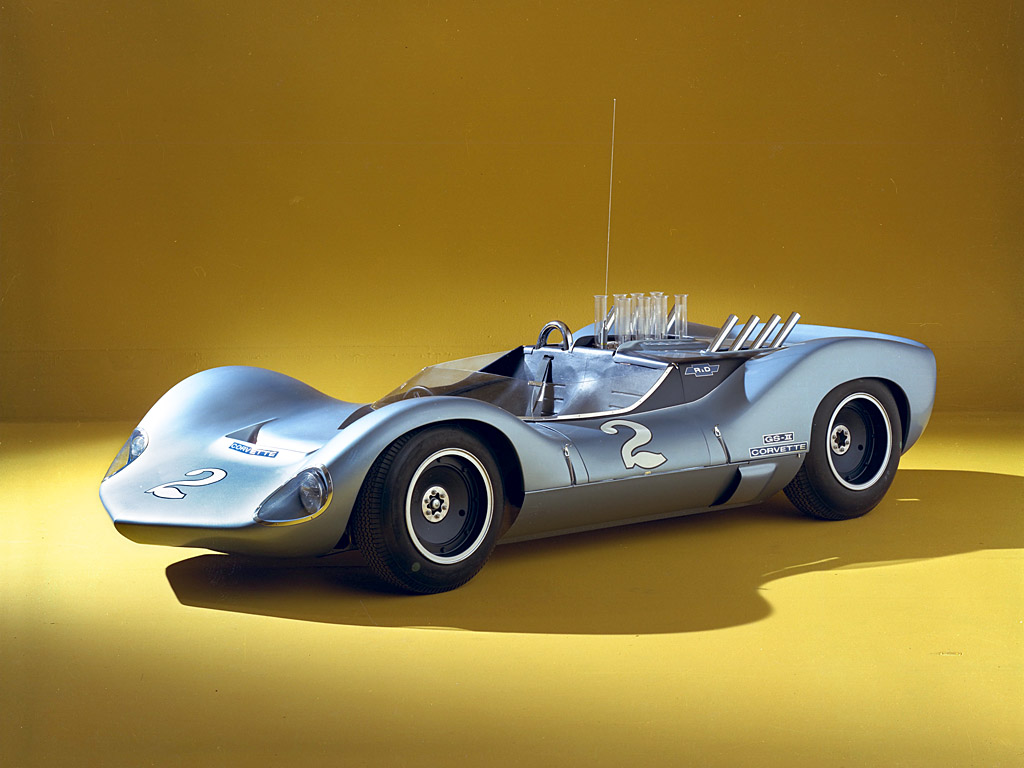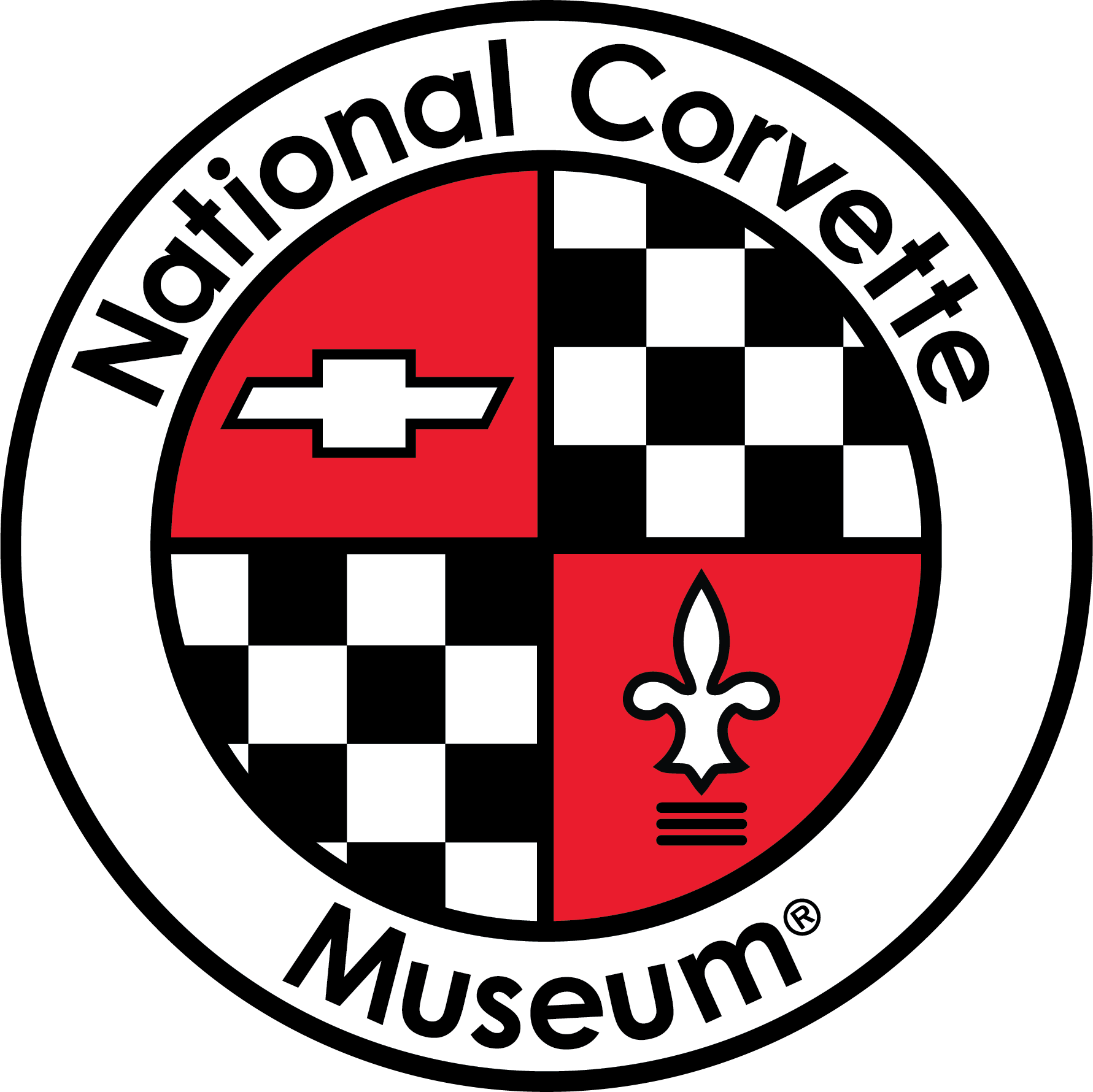To celebrate the arrival of the next generation Corvette, Amelia Island Concours d’Elegance is hosting the ‘Silver Anniversary Amelia’s Mid-Engine Corvette’ class on March 8, 2020. Displayed as part of this class includes the Museum’s recently acquired 1973 XP-987, along with Chevrolet’s 1964 Grand Sport IIB research vehicle, CERV I, CERV II, Corvette XP-819, XP-895, Aerovette, CERV III and the Indy Corvette.
XP-987 first made an appearance at Amelia in 2019 under previous ownership, but was invited back to be part of this special display.
“Word has quickly spread that we now own this one-of-a-kind Corvette with a rotary engine, and we’ve been receiving a number of invitations to show it off at various events throughout the country,” said Derek E. Moore, Director of Collections / Curator at the Museum. “It’s a common practice of automotive museums to attend a lot of these shows because not only does it bring the museum out to different parts of the country, it helps you meet prospective donors and prospective partners in projects.”
Museum President and CEO Dr. Sean Preston echoes Moore’s sentiment. “One of our goals is to get the Museum out into the car community more. We want to reach people that may otherwise never be exposed to the National Corvette Museum, and may not have the opportunity to visit.”
Discounted advance sale tickets for the Silver Anniversary Amelia Island Concours d’Elegance are available now for $100 at www.ameliaconcours.org.
Details on the 1964 Grand Sport IIB from Amelia Island Concours:
This will mark the first appearance of the one-off experimental 1964 GS IIB outside the Chaparral Gallery of the Petroleum Museum in Midland, Texas.
Applying the name Corvette to the nose and flanks of the GS II likely disguised GM Chief Engineer Frank Winchell’s ambitions to create a state-of-the-art Chevy-powered prototype race car and successor to the Corvette Grand Sport.
The 1960s were years of revolution in motorsport. Engines moved behind the driver. Wide tires replaced the skinny high-profile rubber that had been Formula 1 and sports car orthodoxy.
Aerodynamics practically became a religion. And no one was more in tune with the new rhythms of race car design than Cal Tech engineering graduate, Chaparral creator and Rattlesnake Raceway owner Jim Hall. He opened his doors to Winchell & Co.
Hall’s remote Rattlesnake Raceway test facility offered Winchell the perfect cover to shield the GS II from prying eyes and lenses and cold winters.
In the wake of the American Manufacturer’s Association ban on direct factory racing participation, companies like Chevrolet were limited to creating research vehicles and assisting private teams. That’s precisely where the GS II fit perfectly.
The GS II was based loosely on Chevy’s Monza GT concept car that used Corvair running gear in Chevrolet’s first monocoque design. But unlike the Monza GT, the GS II took the theme several steps further by using thin-gauge steel and an experimental all-aluminum 327 V8 engine that was mated to a bespoke single-speed automatic transmission.
In the years that the Corvette Sting Ray was the latest design, the GS II was a bolt of engineering lightning created by an all-star squad: Larry Shinoda designed the GS II’s svelte body. The radical single-speed automatic transmission was developed by Chevy’s Jerry Mrlik. It was a confluence of the latest thinking and it looked and acted the part.
In 1964, after a brief testing period, the GS II was returned to Michigan and destroyed. An updated GS IIB was then built. The monocoque chassis was riveted and bonded together using .032″ sheet aluminum. The body was revised to accommodate wider tires.
GS IIB was then shipped to Midland where it underwent extensive testing. The Amelia’s 2003 honoree, Jim Hall, was behind the wheel for the majority of the GS IIB’s high-speed runs.
“The Mid-Engine Corvette Class is a dream class,” said Bill Warner, founder and Chairman of the Amelia Island Concours. “Having a historically significant car at The Amelia that’s never been seen in a concours before is a dream for us. Thanks to Chaparral and the Petroleum Museum that dream has come true.”






